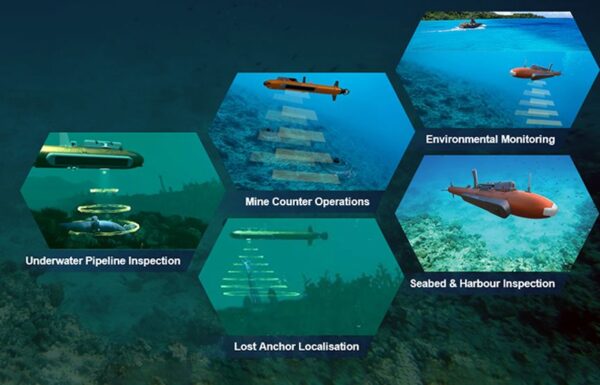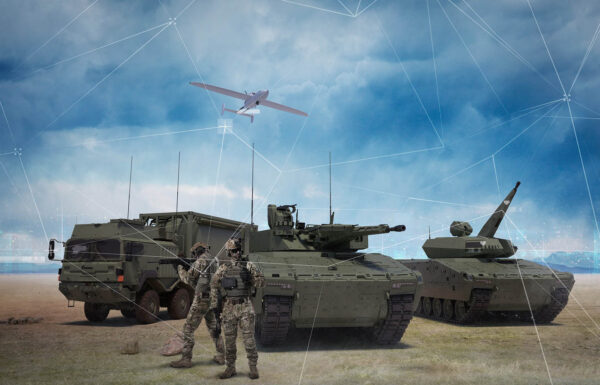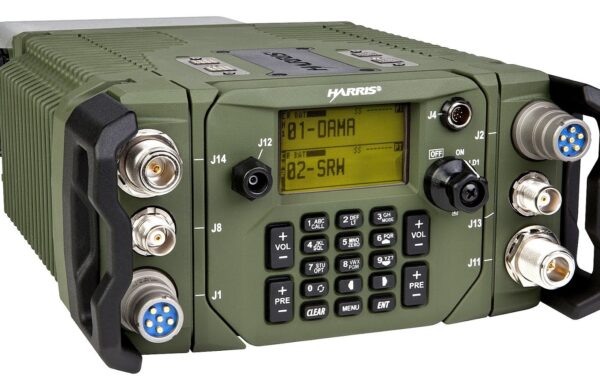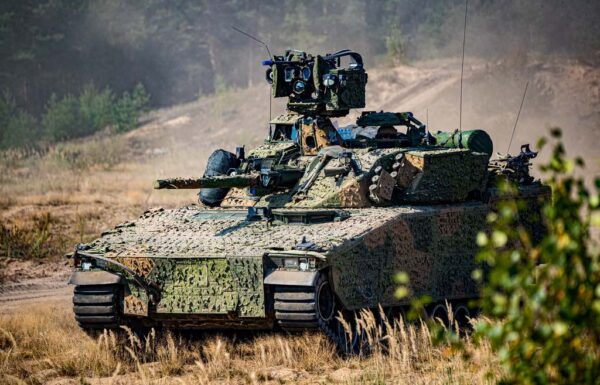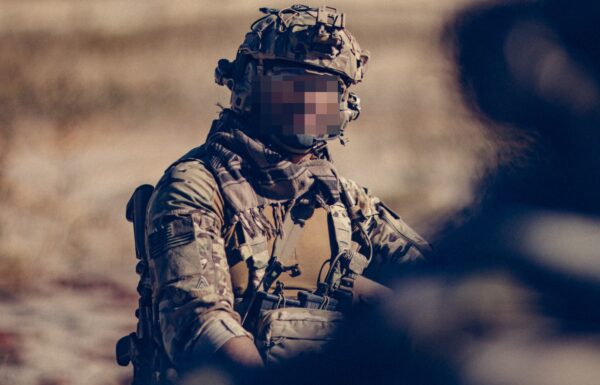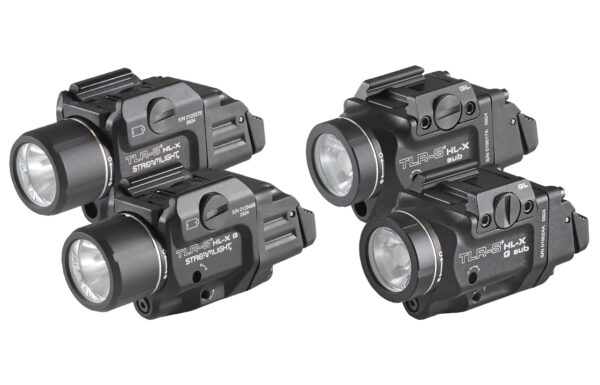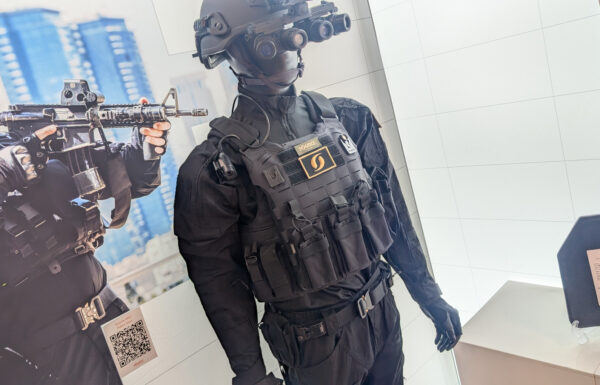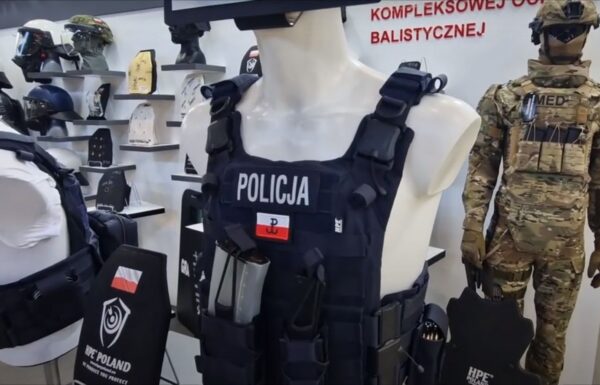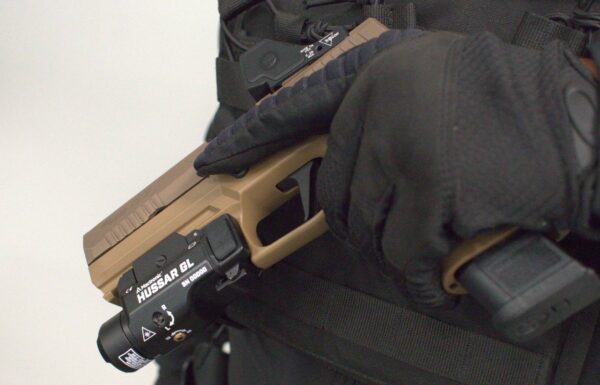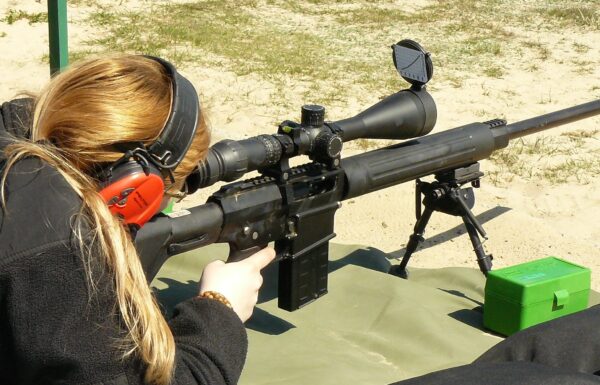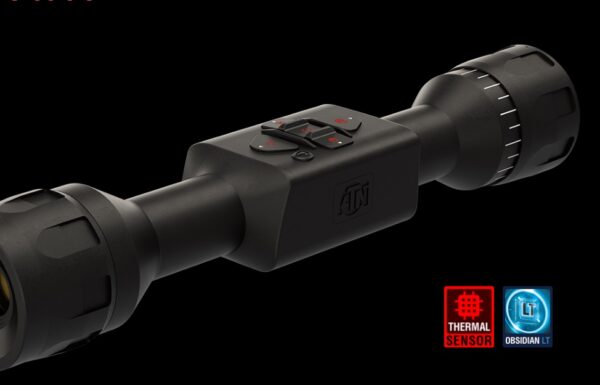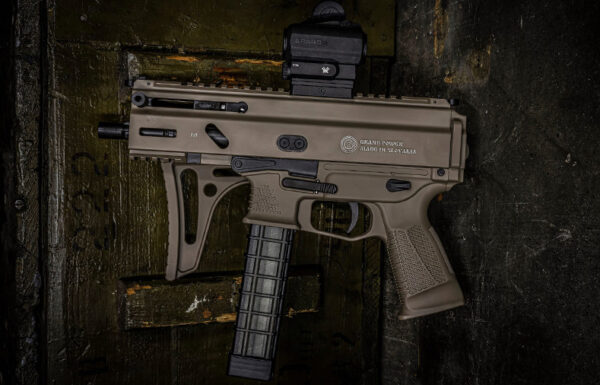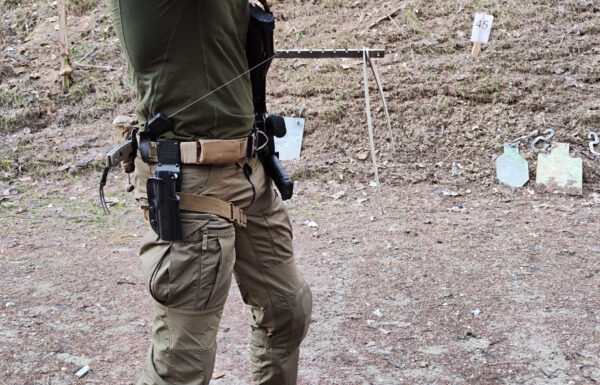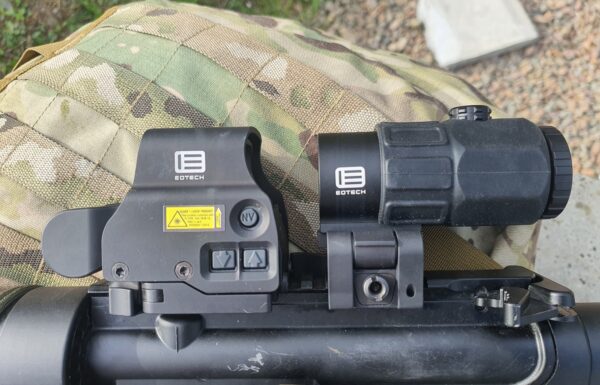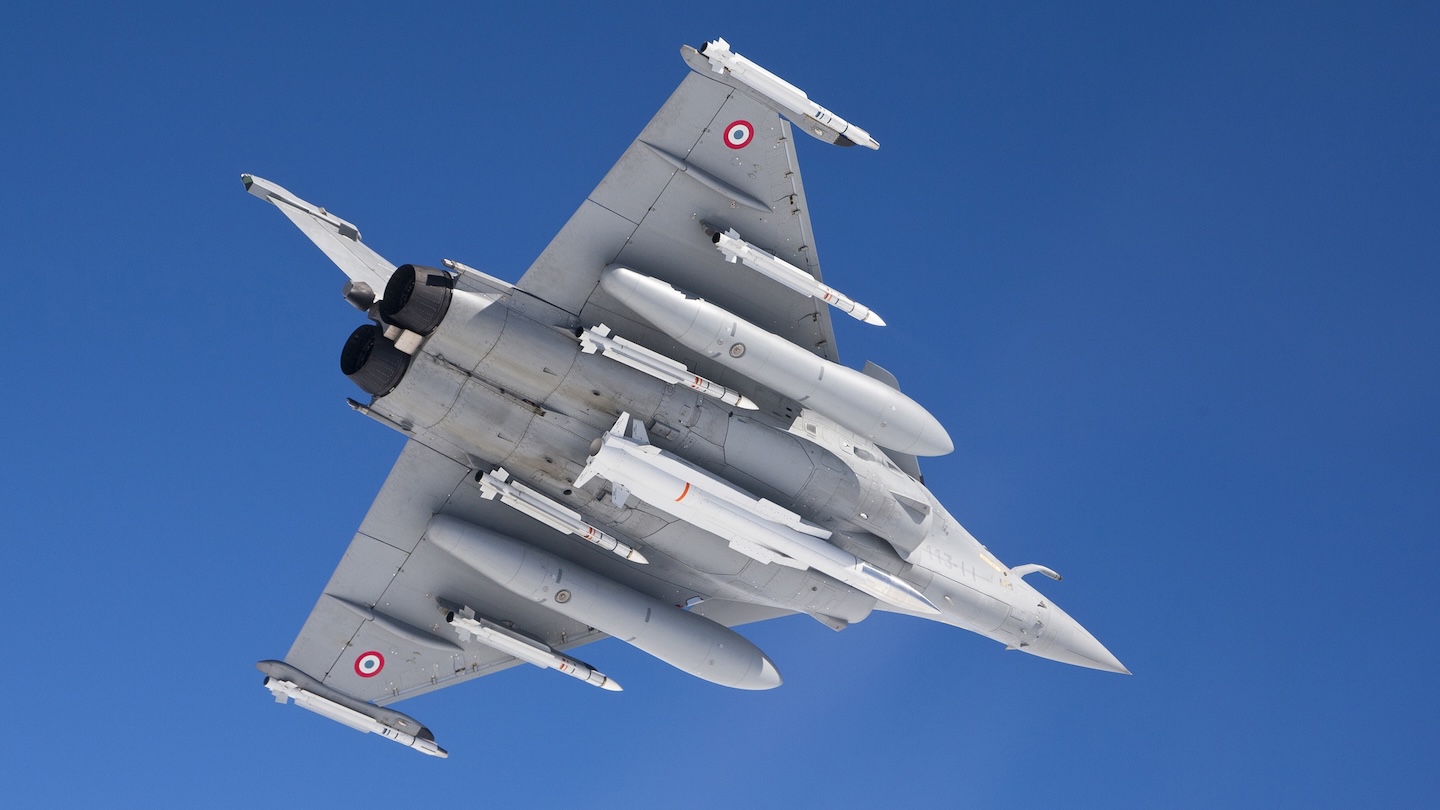On Monday, February 24, 2025, the British newspaper The Telegraph reported that after a meeting between French President Emmanuel Macron and U.S. President Donald Trump, the Élysée Palace is considering deploying Dassault Rafale multirole aircraft with nuclear weapons in Germany.
 Photos: MBDA, Armée de l’Air et de l’Espace
Photos: MBDA, Armée de l’Air et de l’Espace
Friedrich Merz, who is expected to become the next Chancellor of Germany following the CDU/CSU victory in Sunday’s parliamentary elections, has called on the United Kingdom and France to expand their nuclear deterrence in response to the potential reduction of the U.S. military presence in Europe.
An anonymous French official told The Telegraph that the deployment of Dassault Rafale aircraft equipped with nuclear warhead-carrying ASMP-A (Air-Sol Moyenne Portée-Amélioré) medium-range supersonic cruise missiles would send an appropriate signal to Vladimir Putin while also putting pressure on UK Prime Minister Keir Starmer to do the same.
“Posting a few French nuclear jet fighters in Germany should not be difficult and would send a strong message,” the source said.
French President Emmanuel Macron spoke with Friedrich Merz on Sunday evening before his trip to the White House, where he presented his European security plan and guarantees for Ukraine to U.S. President Donald Trump. The American president suggested to Macron that his country would not provide security guarantees to Ukraine after the signing of a peace agreement. Speaking alongside Trump in the Oval Office, Macron stated that the peace deal cannot be a capitulation for Ukraine.
Macron has been pushing Europe since last year to hold a debate on the role that French nuclear weapons could play in the defense of the continent. Sources in Berlin claim that the French offer would increase pressure on Keir Starmer’s government to do the same.
The French defense doctrine allows the use of nuclear weapons in situations where the vital interests of the state are threatened. However, in April 2024, during an interview with L’Est Républicain (part of Groupe EBRA), the French president expanded these interests to a European dimension, though he did not disclose further details. While France has been discussing this since 2020, before the war in Ukraine, there was little resonance from European allies.
Even in the last year of Joe Biden’s administration, President Macron argued that Europe must establish its own defense autonomy, especially as the geopolitical priorities of the United States might shift beyond the continent, toward the Pacific Ocean, due to China’s growing military power.
The French nuclear deterrent forces (Force de dissuasion, also known as Force de frappe) consist of a naval and an air component.
The air component, within the Strategic Air Forces (Forces Aériennes Stratégiques) of the Air and Space Force (Armée de l’Air et de l’Espace) and the Naval Aviation Nuclear Forces (Force Aéronavale Nucléaire), consists of Dassault Rafale B multirole aircraft from the Air Force and carrier-based Rafale M from the Navy. These aircraft are adapted to carry ASMP (Air-Sol Moyenne Portée) supersonic cruise missiles, armed with TN81 nuclear warheads with a yield of 150-300 kT and a range of up to 300 km. In the near future, they will also be equipped with upgraded ASMP-A (Amélioré) missiles, featuring an extended range of up to 600 km, a cruise speed of approximately Mach 3, and a next-generation TNA (Tête nucléaire aéroportée) nuclear warhead with a yield of 300 kT.
As part of the Strategic Oceanic Force (Force océanique stratégique, FOST), the French Navy (Marine Nationale) operates the ESNA Squadron (Escadrille des Sous-Marins Nucléaires d’Attaque), which currently includes four Le Triomphant-class nuclear-powered ballistic missile submarines: Le Triomphant (S616), Téméraire (S617), Le Vigilant (S618), and Le Terrible (S619). Each of these submarines is armed with 16 M51-series submarine-launched ballistic missiles (SLBMs), with a range of 10,000–11,000 km, depending on the variant. These missiles carry 6 to 10 next-generation TNO (Tête nucléaire océanique) nuclear warheads, each with a 150 kT yield, in a MIRV (Multiple Independently Targetable Reentry Vehicle) configuration. In the future, all current submarines will be replaced by a new generation of ballistic missile submarines under the SNLE 3G (Sous-Marin Nucléaire Lanceur d’Engins de 3rd Génération) program—the first unit is already under construction.
Nuclear weapons play a key role in Europe’s defense strategy. Besides France, only the United Kingdom, which left the EU on February 1, 2020, possesses its own nuclear capability. The British deterrent consists of four Vanguard-class nuclear-powered ballistic missile submarines: HMS Vanguard (S28), Victorious (S29), Vigilant (S30), and Vengeance (S31). Each of these submarines can carry up to 16 UGM-133A Trident II D5 submarine-launched ballistic missiles (SLBMs), each armed with five Holbrook nuclear warheads, with a yield of 100 kT each (a British variant of the American W76 warhead, rated at 90 kT). However, in practice, during operational patrols, they typically carry only eight missiles, limiting the total number of deployed warheads to a maximum of 40 per submarine. In 2021, reports emerged about plans to increase the UK’s nuclear stockpile by 40%. In the future, the Vanguard-class submarines will be replaced by the new-generation Dreadnought-class: HMS Dreadnought, Valiant, Warspite, and King George VI (the first three are currently under construction).
It is worth noting at this point that, unlike the United Kingdom, France’s nuclear arsenal is entirely independent of NATO, and therefore also of the United States.
Furthermore, as part of the NATO Nuclear Sharing program, approximately 100 U.S. B61-series nuclear gravity bombs—with adjustable yields ranging from 0.3 to 340 kT—are deployed across Germany (in WS3 (Weapons Storage and Security System) hardened bunkers at Büchel Air Base), Italy (Aviano and Ghedi), Belgium (Kleine Brogel), the Netherlands (Volkel), and Turkey (Incirlik). These weapons can be used in wartime upon Washington’s decision and are carried by host nations’ combat aircraft that are specifically modified for this role. Recently, a debate has emerged in Poland regarding the country’s potential participation in the program.



